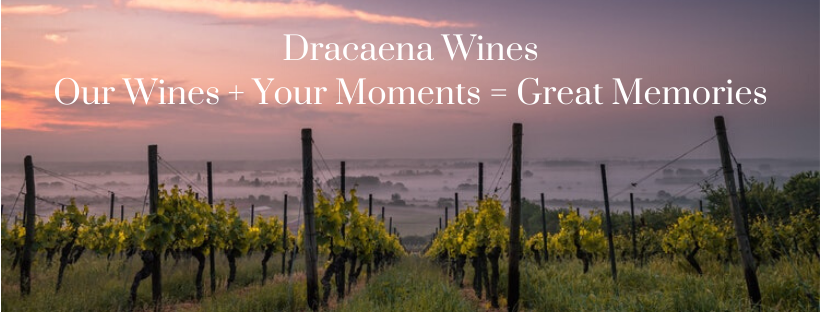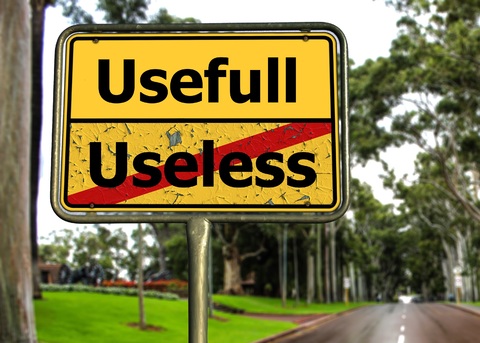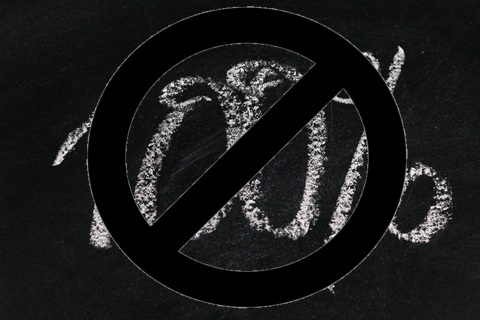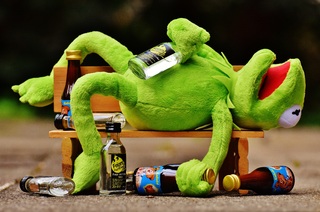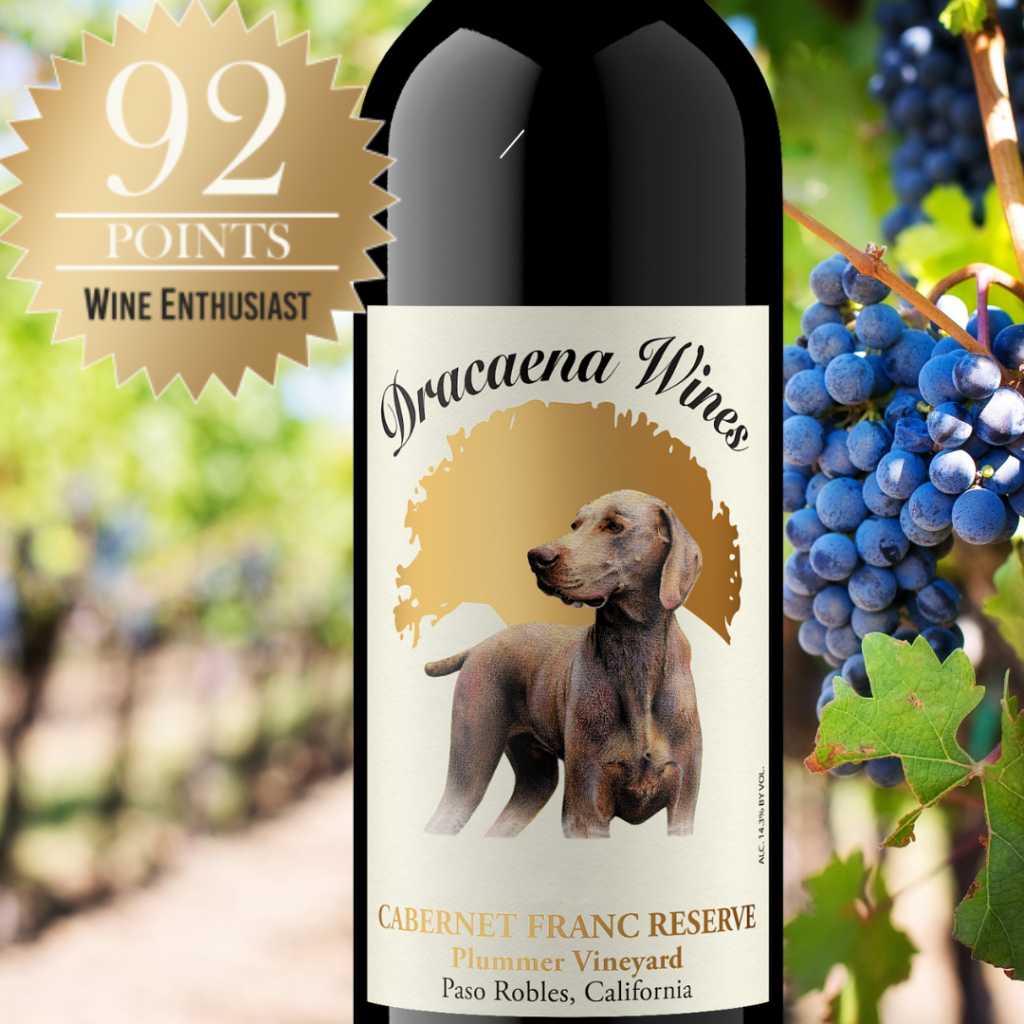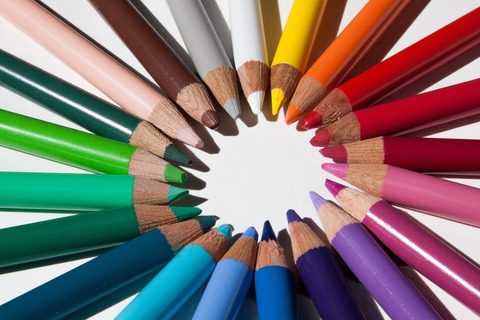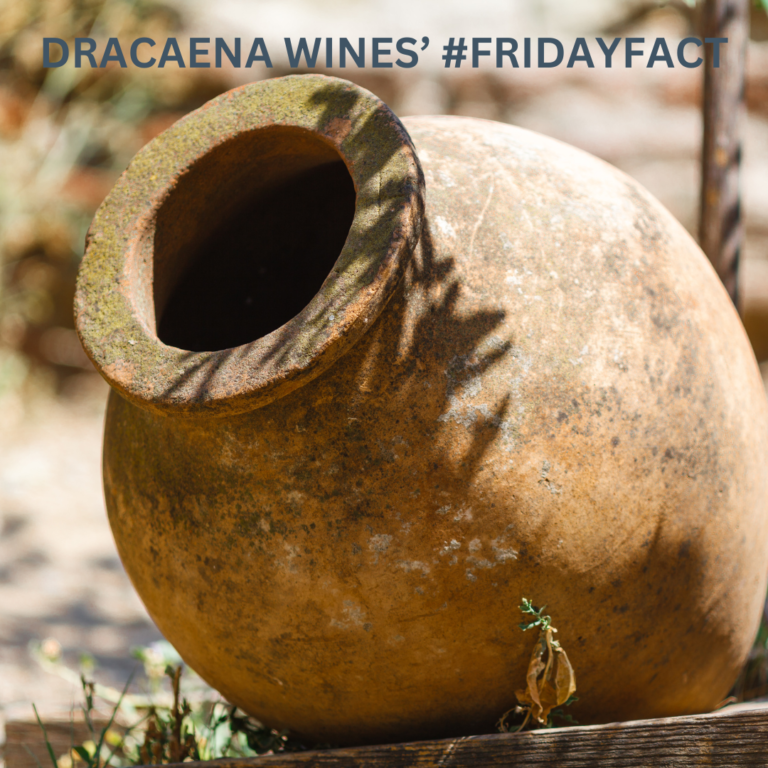Depending on what country you are in, there are specific regulations as to what must be on the label. In the United States, the TTB, Alcohol and Tobacco Tax and Trade Bureau, is the government agency that determines the legality of a label.
In order to be an acceptable label, it must include the alcohol content. This stipulation is dependent on the percent alcohol per volume. If the wine is over 14 percent alcohol by volume, the alcohol content statement is mandatory. However, if the wine is between 7 and 14 percent alcohol by volume, the alcohol content is optional if the winery decides to call it “table wine.” If they are declaring a varietal, or a fanciful name, the alcohol content is required.
The government takes their health warning statement seriously. Any beverage that has 0.5% or more ABV must include the following statement:
“GOVERNMENT WARNING: (1) According to the Surgeon General, women should not drink alcoholic beverages during pregnancy because of the risk of birth defects. (2) Consumption of alcoholic beverages impairs your ability to drive a car or operate machinery, and may cause health problems. “
Every bottle must also clearly state the winery’s name and location and state whether they produced and bottled it or cellared and bottled it. If you see “cellared and bottled by” it means that the wine was produced from purchased juice. There is no quality stigma with this statement. It is done more often than you think.
The label must also have the net contents. This lets the consumer know how much liquid is in the bottle. A half bottle will read 375ml while a full bottle will read 750ml.
Of course, no label would be complete if it were not for the sulfite declaration. It is required where sulfur dioxide or a sulfiting agent is detected at a level of 10 or more parts per million (ppm), measured as total sulfur dioxide. A wine with less than 10ppm sulfites is not required to have this declaration. But, the government will not approve the label unless the winery allows the TTB laboratory to perform the analysis.
Have you been missing the weekly Exploring the Wine Glass posts? They have moved. Sign up at http://eepurl.com/be49CD to never miss a post. Subscribe to Dracaena Wines’ blog in the sidebar.</p
Now that we know what is required on the label, let’s talk about all the lies that can be found on one. First up is the varietal itself. When you look at a label and you see Chardonnay, Cabernet Sauvignon, Merlot or Sauvignon Blanc, it does not mean that the wine is 100% that varietal. The government allows wineries to blend other varieties into the wine and still call it a single varietal as long as it is at least 75% that varietal. This is often done in order to add complexity to the wine.
Next is the vintage. This is a bit more strict. Every winery has the option to blend in more than one year’s wine into the finished product. This is a common occurrence in Champagne. But in the United States, you typically see the year the wine was harvested on the label. Wineries can blend up to 5% of another vintage into the wine and still declare it a vintage wine. This is often done in order to “liven” up the wine. 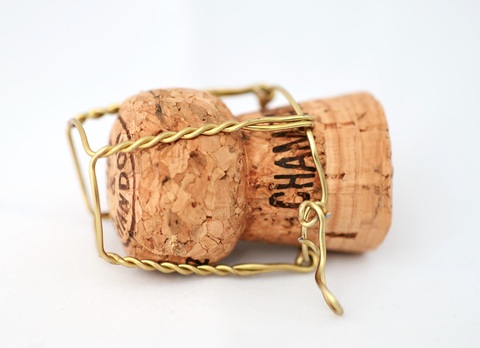
A pretty big lie on the label is the alcohol content. The government allows for some leniency, mostly because of blending and supply chain. If the wine is 14% or higher ABV, the winery has the flexibility to estimate the alcohol content by 1%. So when you read a label that claims 14.5% ABV it can legally be up to 15.5% ABV. Those wines that fall under 14% ABV have a compliance range of 1.5%.
Now onto my favorite. Reserved Wine. There is no legal definition for what makes a wine “Reserve.” This is a marketing term, that winemakers use to demonstrate that this specific wine is special to them. It could be because it has more new oak. It could be because it comes from a different vineyard. There are multiple reasons why a winemaker may call the wine a reserve and hopefully they explain the reason to you when you taste it. (We do!)
The final term that seems to grab so much attention is “Old Vine.” Once again, there is no legal definition for what is required to make a wine “old vine.” There are wine regions, who have defied it for themselves, but according to the government there is no stipulation. It can literally be because the winery planted those vines two days earlier than the other vines.
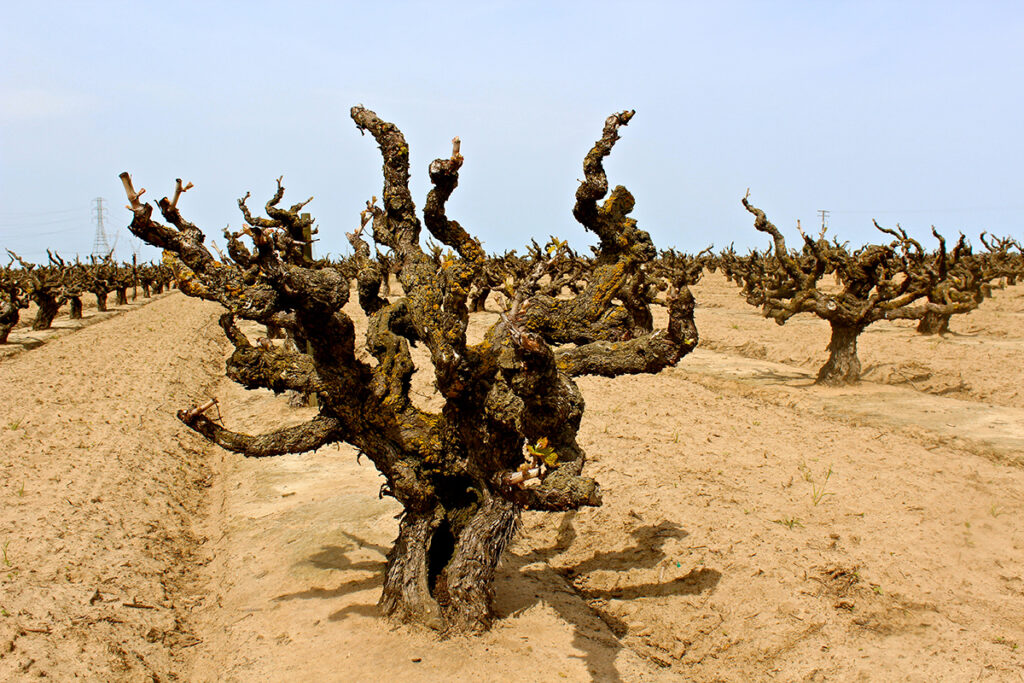
Do you have any other wine label lies that you want to share? Leave a comment to share it.
Please follow us on Instagram, Twitter, Facebook and Youtube.
~Slàinte!
Dracaena Wines has received consistent 90+ ratings and multiple Double Gold medals. Click image to order yours today and let Dracaena Wines Turn Your Moments into Great Memories!